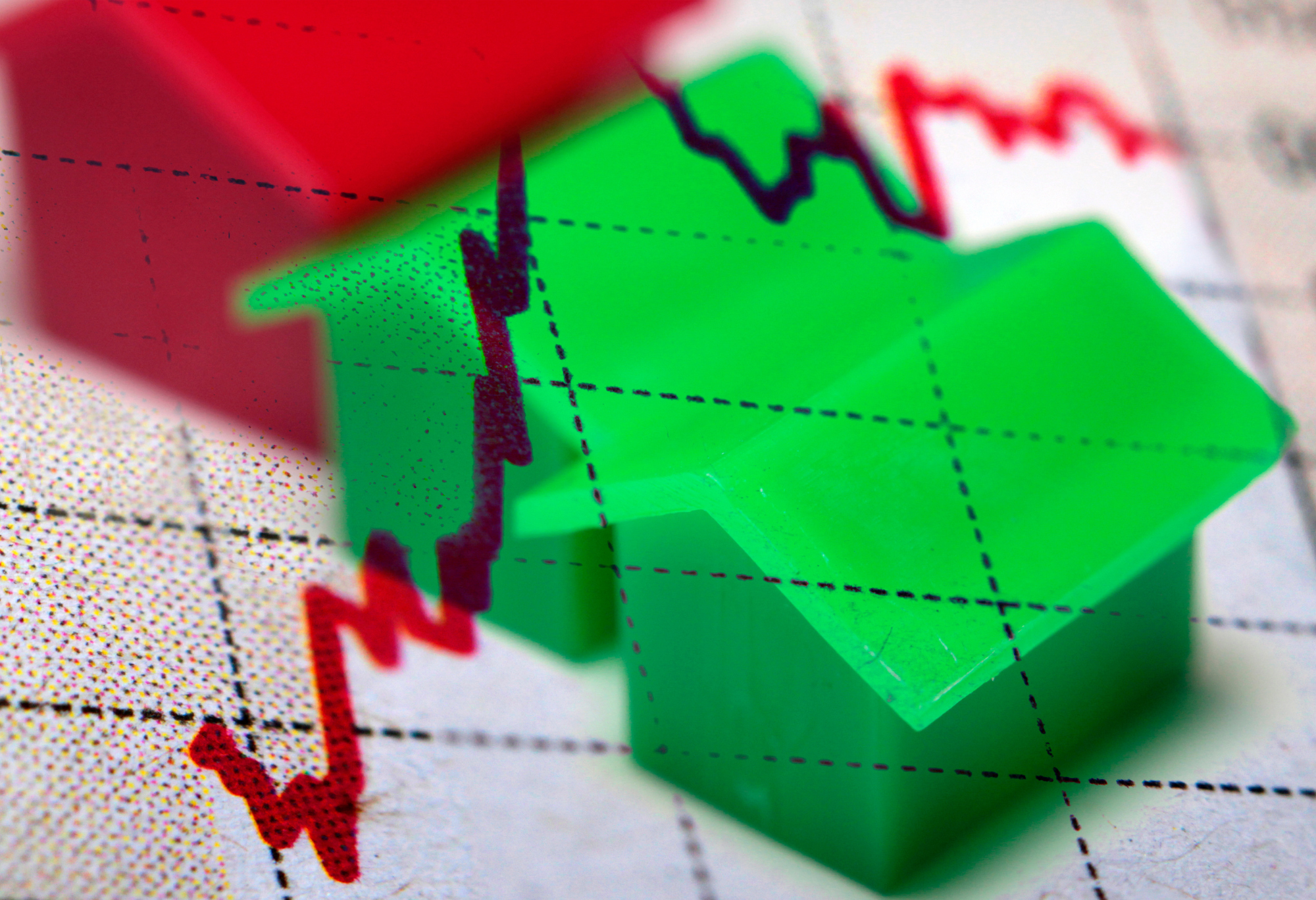In 2023, the housing market is undergoing a peculiar phenomenon — a reverse crash. The rise in mortgage rates, surprisingly, hasn’t instigated a significant decrease in home prices. This perplexing trend can be attributed to a complex interplay of economic, demographic, and market determinants.
Today, a significant proportion of homeowners — 92% of those with mortgages — enjoy rates below 6%, with a lucky 62% relishing rates under 4%. As mortgage rates climb, these homeowners are opting to hold onto their properties, rather than sell and risk locking in a higher mortgage rate.
Consequently, this shift in homeowner behavior has reduced the volume of home sales. This is corroborated by a recent study, revealing that approximately 27% of homeowners would be motivated to sell if rates descend to 5% or lower.
Furthermore, nearly half of the homeowners surveyed would consider listing their properties if rates were to plunge to 4%.
Despite these evolving dynamics, home prices have seen only a nominal drop. The manager of the S&P Case Shiller Index predicted a peak-to-trough decline of around 5%, leaving 2% yet to be recuperated.
This forecast is supported by Goldman Sachs, who foresee a 2.2% dip in 2023 and do not anticipate any substantial recovery until interest rates start their downward journey.
In contrast, Fannie Mae, the mortgage giant, revised their outlook last week, projecting a 1.2% deflation in national home prices in 2023, which is predicted to be followed by an extra 2.2% contraction in 2024.
However, Zillow challenges this prediction, suggesting that 2023 will wrap up with home prices 5% greater than their starting point.
This projection was revised upwards from their original forecast of a 3.9% increment, thanks to the rapid pace of sales — a staggering 15% decrease in pending home sales implies a faster rate of purchase than listing.
- Limited Inventory: The enticingly low interest rates have convinced many homeowners to retain their properties unless selling becomes indispensable.
- Construction Lag: Challenges like regulatory hurdles, disrupted supply chains, and heightened costs are stifling builders from catching up with the soaring demand.
- New Buyer Demographics: Millennials, representing 43% of the housing market, are influencing the market with their specific preferences – affordability, roomier homes, opportunities for DIY renovations, and cost-effective locations, according to BankRate.
- Banks’ Conservative Lending: If financial institutions decide to relax their lending standards, a surge of buyers could push home values even higher.
- Scarcity of Foreclosures: Presently, foreclosure is usually an option only when a homeowner’s debt surpasses the home’s value, which is currently not a widespread issue.


 Facebook
Facebook
 X
X
 Pinterest
Pinterest
 Copy Link
Copy Link
